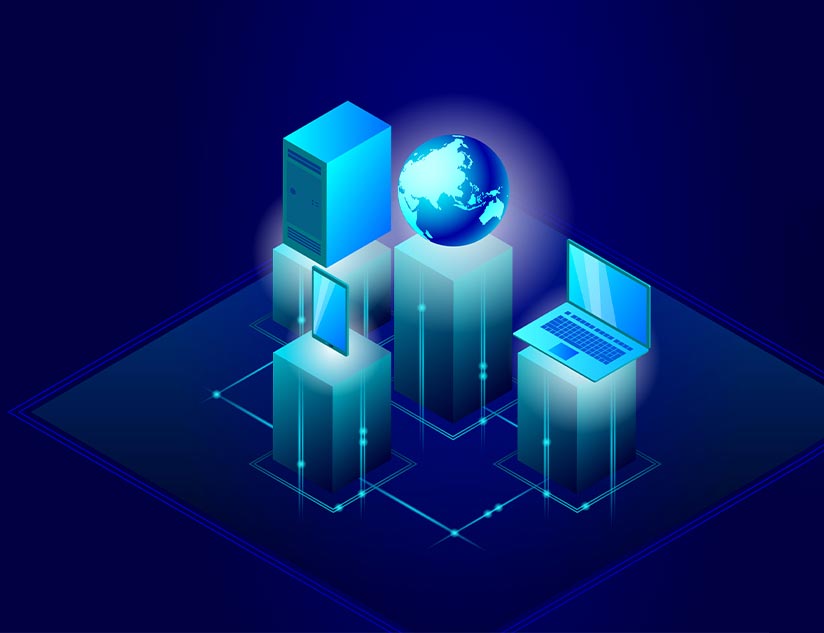Although ICT has been a part of education since the 1920s, technology adoption across learning, teaching, and assessments snowballed only in the 21st century. According to Technology in Education Statistics, 80% of students affirm that technology aids help improve their scores, and 95% of educators leverage technology for teaching and learning. The overwhelming data is a testament to the fact that embracing technology in learning, education, and pedagogy is bolstering the engagement of all parties and enhancing learning outcomes.
Moreover, it helps overcome the shortcomings of traditional education, fostering more collaborative, interactive, and personalized education delivery. From eBooks to video conferencing, and from assessments to feedback and learning reinforcement, digital tools have become an indispensable part of the education landscape. This makes optimally integrating them into a functional and seamlessly interoperable system vital to the modern learning ecosystem.
What are Integrations?
The ultimate goal of technological integration is deepening learning and maximizing learning outcomes. Integration is strategically connecting diverse edtech tools to empower learning delivery. This is accomplished by facilitating data collection, sharing, and analytics from various touchpoints to drive strategic decision-making.
While augmenting learning with digital tools isn’t a new concept, the focus must shift to modifying pedagogy, the role of each stakeholder, and education delivery. Modification means adding flexibility to take classes virtually or in person and adapting learning and assessments to individual needs and goals.
The highest level of integration is redefinition. It is increasingly becoming common for education institutions to adopt learning techniques that offer students equal access and participation opportunities as they do for teachers. This, for instance, may include a student in California forming a project partnership with a peer in Mexico and sharing socio-cultural experiences. This empowers learners and educators from different institutions to collaborate to share insights on teaching methodologies and lesson designs that work for them.
Types of Integrations
Digital learning tools can be integrated in multiple ways:
Single Sign-On (SSO)
One of the common hindrances to learning is remembering multiple login details to access different apps on the learning platform. SSO eliminates this barrier and facilitates unified logins for all interconnected tools across a platform.
Data Synchronization
Sharing data is crucial for gathering insights and refining the education process. To facilitate this, data synchronization is necessary to generate collated reports that enable informed decision-making and inspire innovation.
API Integrations
Integration via APIs empowers developers to offer tailored data sharing and SSO solutions, apart from other tools. They can address the educational institute’s unique needs based on culture, demographics, and learning needs.
Benefits of Using Integrations in Education
Here are the multi-dimensional benefits that easy integrations offer:
Save teachers time and effort
Integrating attendance tools with the LMS, and adding AI-powered evaluations and feedback to assessments are prime examples of reducing the workload on teachers. Additionally, authoring and compliance verification tools together form a great combination for curriculum design and lesson planning. Moreover, leveraging analytics from previous experiences provides insights that can ensure higher retention and attainment of learning outcomes.
Provide students with more personalized learning experiences
Leveraging students’ learning preferences and assessments of their knowledge and skill levels can be instrumental in AI-powered algorithms creating personalized learning journeys. Targeted education eventually enhances student engagement and motivation. Plus, instant feedback with reinforcement recommendations ensures that learning gaps do not increase.
Enable students to access learning resources from anywhere
A fundamental benefit of the internet is anytime, anywhere access. Digital tools, such as assessments, supplementary learning materials, and AI-powered learning assistants empower students to learn at their own pace and preferred schedule. Autonomy in education fosters a culture of continued learning. This makes way for better attainment of learning goals by enhancing learning efficacy.
How to Choose the Right Integrations for Your Classroom?
A few tips on choosing the best-suited technology integrations:
- Consider the needs of your students and your curriculum.
- Look for integrations that are easy to use and set up.
- Get reviews from other teachers.
How to Implement Integrations in Your Classroom?
While choosing is more of a checklist-based objective process, implementing integrations takes more effort. Educators and the concerned tech support must carefully understand and follow the instructions. Next, test the integrations with a small group of students of different age groups to ensure ease of use, seamless operations, and effective use of all integrated tools.
Get Support from the Experts
The focus of educators should remain on improving education delivery and ensuring inclusion and equity. Leave technology integration to the experts. MagicSync is a cutting-edge solution that uses APIs to facilitate the integration of diverse digital tools for comprehensive education delivery and learning. The unified compliance and integration platform is all you need to drive adoption and boost student engagement for enhanced learning outcomes. Learn more about MagicSync here.















